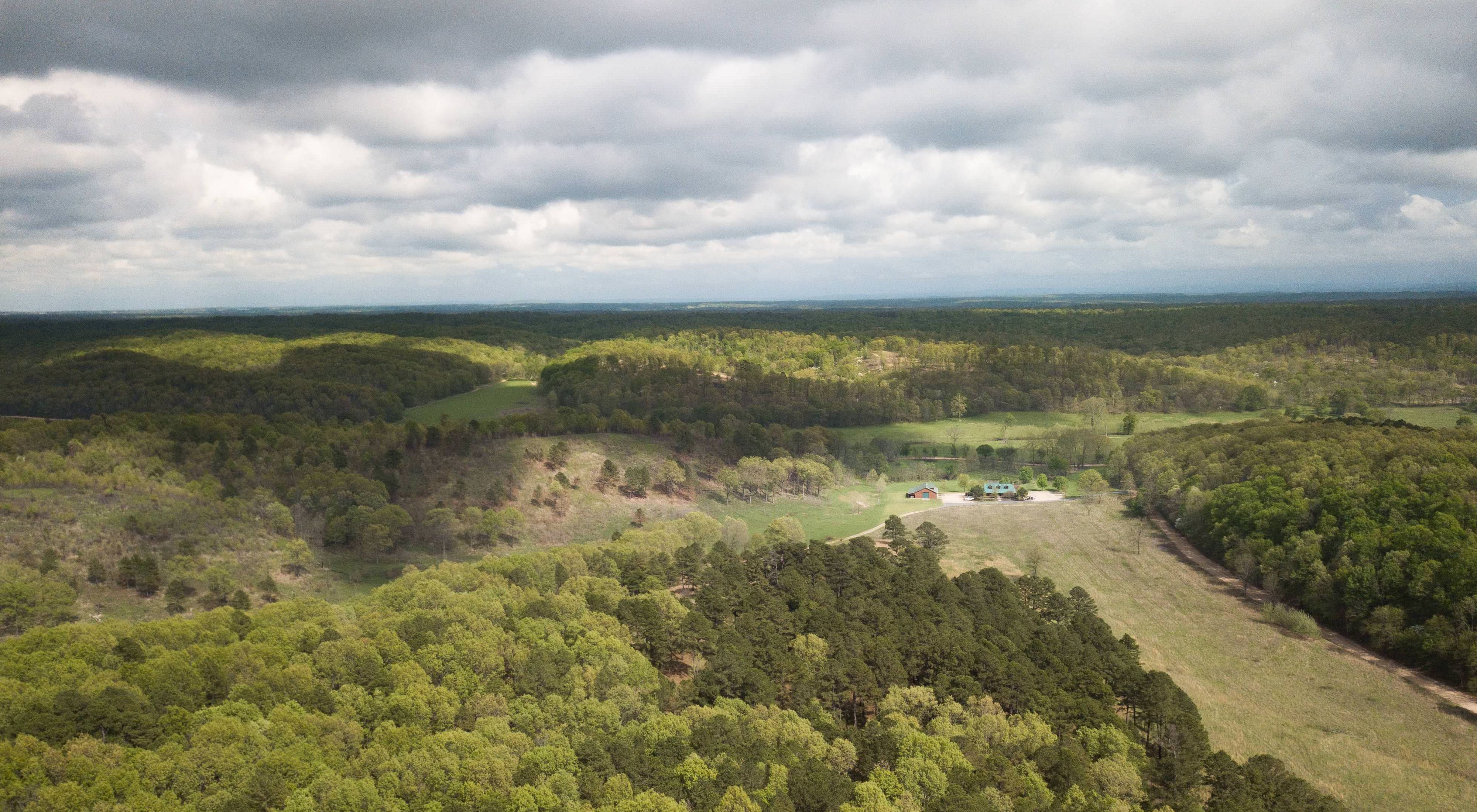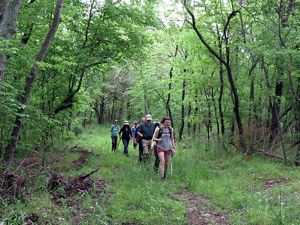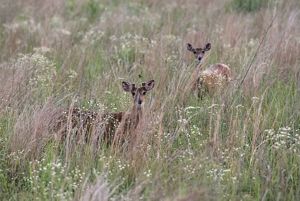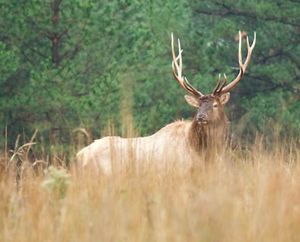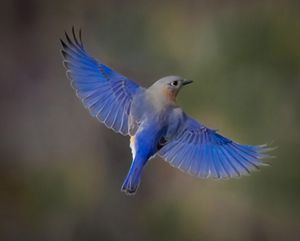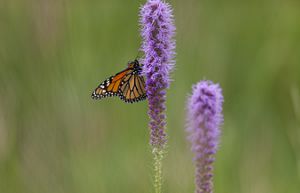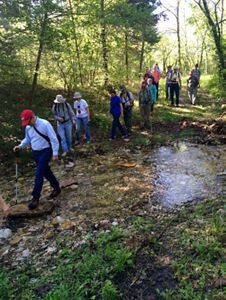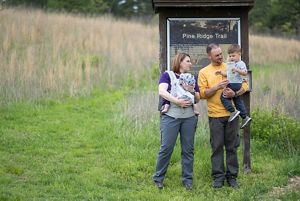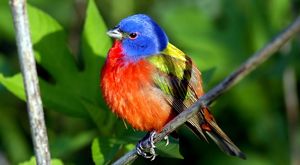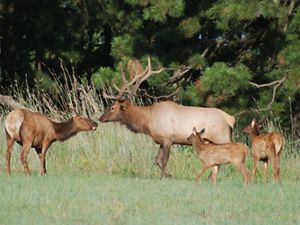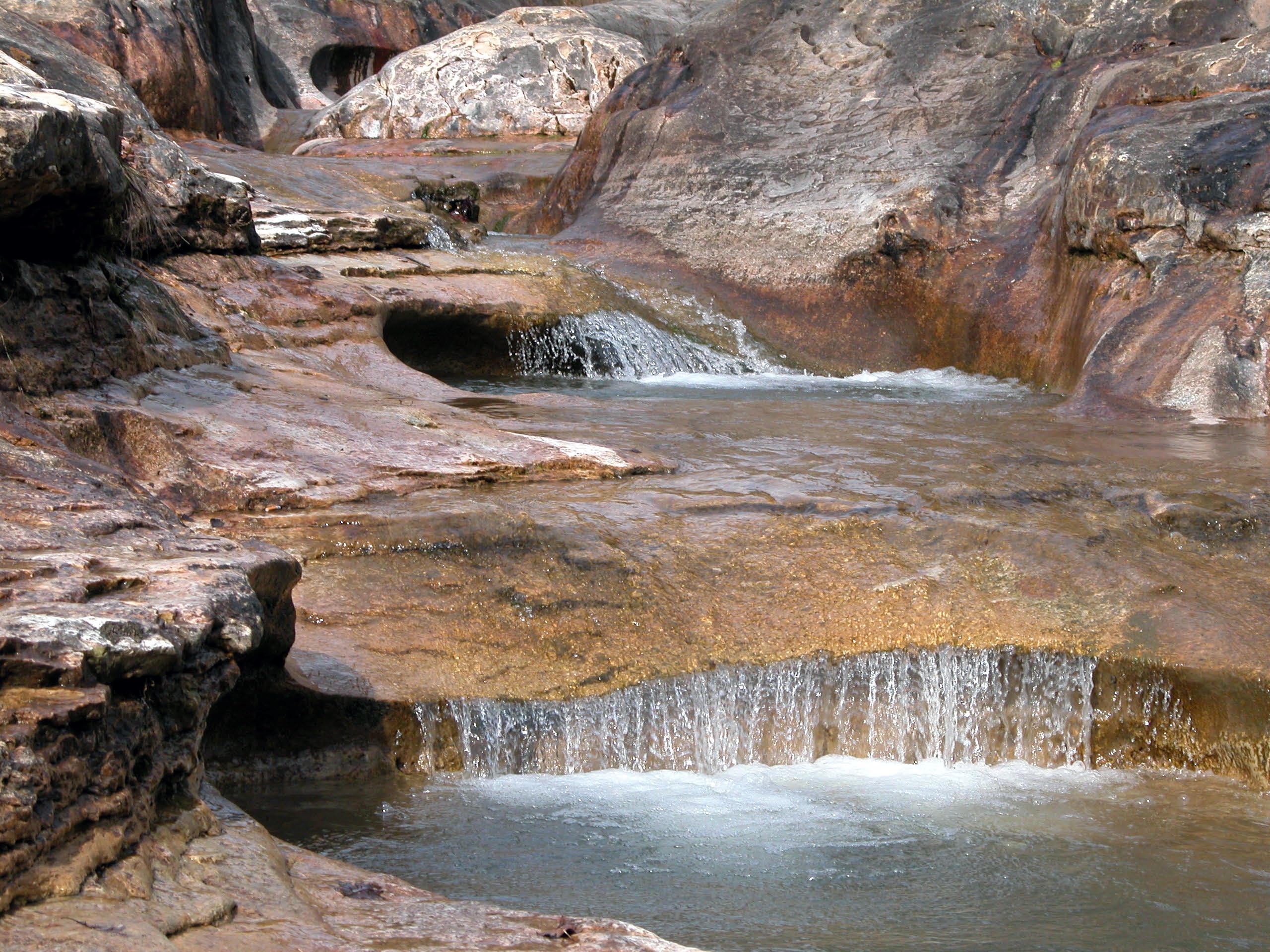Description
The J.T. Nickel Family Nature and Wildlife Preserve is the largest privately protected conservation area in the Ozarks thanks to a land gift from the John Nickel family in 2000. This 17,000 acre landscape rests in eastern Oklahoma's rolling Cookson Hills and overlooks the Illinois River where spring-fed creeks meander amid a rugged topography of steep slopes and narrow valleys harboring a mosaic of oak-hickory forest, lofty pine woodland, and a diverse mix of savanna, shrubland and prairie.
Elk, a native grazer and keystone species for the region had been absent in this area for more than 150 years. In 2005, The Nature Conservancy (TNC) reintroduced an elk herd to preserve that has grown and flourished in establishing a healthy population in the region.
Additionally, TNC performs controlled burns to restore the open woodlands ecosystem which has produced an astounding increase in wildlife and plant diversity. Because of these conservation efforts the preserve provides an ideal habitat for a suite of uncommon and migratory birds. Remember your binoculars when visiting!
